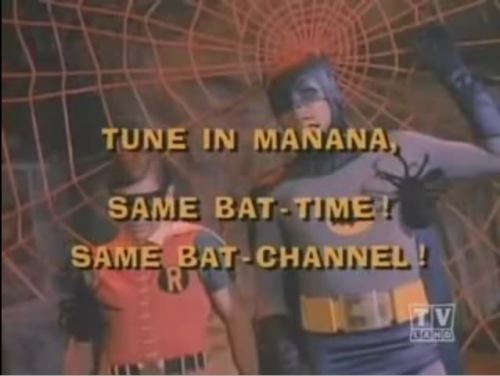 |
| Dr. Atul Gawande at the University of Akron, taken from my "wonderful" camera phone. |
One of the core messages that Dr. Gawande has spoken and wrote much about is just how complex healthcare has become as it has advanced the science behind medicine. He cited a study from a collegue: in 2000 the average patient saw 15 doctors at the hospital to resolve their issue. But the problem is not so much the number as the lack of coordination. Dr. Gawande talked about how physicains have been historically trained as "cowboys" who act independently of other physicians. I believe this is deep seated belief not only in the professional culture but in the cultural perceptions of medicine among our patients. To make my point, I will point to Sir Luke Fildes famous painting The Doctor.
 |
| The Doctor by Sir Luke Fildes |
But I think the picture should be very different if it were commissioned today. I believe Dr. Gawande would agree because as he said last night, we can no longer have "cowboys" with the complexity of healthcare today. Instead, we need teams of physicians, nurses, and other healthcare workers caring for patients in a coordinated fashion. Those fifteen doctors who see you at the hospital need to be talking to each other. We need "pit crews", says Dr. Gawande. If Sir Fildes were to make his painting today you might see a group of doctors, pharmacists, and nurses huddled together, hopefully with the child's parents as part of the discussion. Instead of The Doctor, we would have The Healthcare Team (The Doctors has been taken by a television talk show of incredibly photogenic physicians and again, I would be remiss to not include pharmacists, nurses, and the patient's family).
The "pit crew" or healthcare team is at the center of Dr. Gawande's vision of a systems-based approach to medicine. He illustrated in several stories that where outcomes go bad is not when patients see an individual specialist but in between. Each doctor assumes another one will check these lab findings or start the appropriate antibiotic prophylaxis. But in the end none of them do and easily prevented complications arise. When I say easy, I mean stuff medical students like myself even know because it has be stressed to us that much in our training.
Speaking of which, my studies seem to never end. For the sake of keeping my ideas succint and my time studying optimal, I will leave you with these initial thoughts of mine for now. I will likely have at least another follow up post with some more ideas from this talk.
 |
| TO BE CONTINUED... |
No comments:
Post a Comment